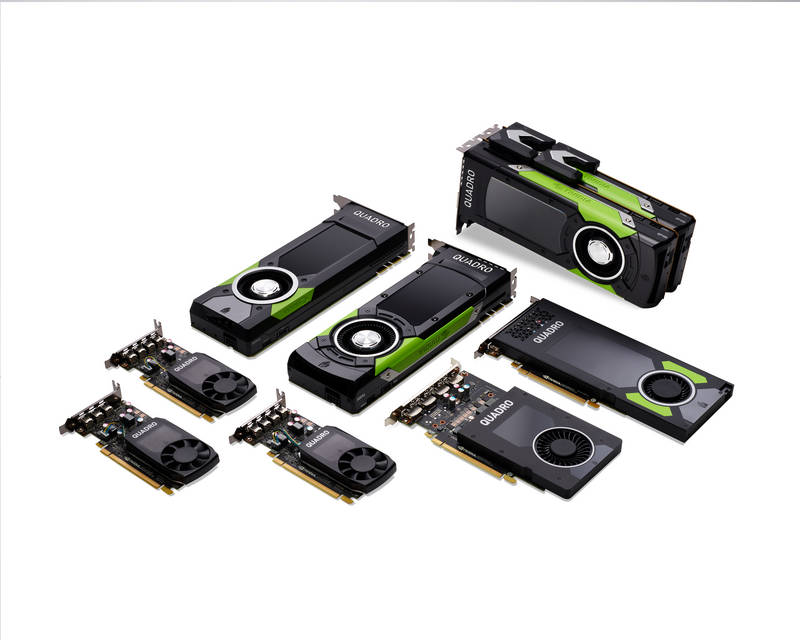While the GP100 chip has shown up on a PCIe interface before that was in the Tesla P100, a pure compute card with no external interface.
Now Anandtech are reporting the Quadro GP100, a PCIe GP100 based card with video outputs (4x DP + DVI-D DL).


While not immediately applicable for SFF (unless you have a burning desire to stuff a $5000+ workstation card into a tiny box), it does confirm that the GP100 family of Pascal dies sitting on an interposer with HBM2 do indeed posses ROP units and the ability to output video - something that was previously unknown and rumoured to not be possible - raising the possibility that future consumer-targeted cards will feature HBM2 using a chip derived from the GP100 design(if GP100 lacked video hardware, then it would mean a consumer card would need to be a whole new design).
It also confirms that NVLink and PCIe can co-exist on the same card at the same time (and that NVLink has a PHY layer that can pass over card-edge connectors, so it does not require the use of expensive mezzanine connectors), though it is unknown whether the PCIe link is native or through an NVLink-PCIe bridge chip. While unlikely, if such a bridge chip could be moved onto the motherboard the card itself would only need to feature the shorter NVLink card-edge connector rather than a PCIe card-edge. This could allow a vendor-specific alternative to MXM using a smaller connector and more compact PCB.
But even with just the normal PCIe form factor, confirmation that Nvidia already has a HBM2-capabile die that can output video makes it more likely that cards using HBM2 (and with the PCB size benefits that come with it like in the R9 Fury and Nano) will make their way into the consumer high-end sooner rather than later.
It also indicates a move to 4x DP capability (2x2 video wall!) in general from the current 3x DP getting rid of the redundant HDMI port, though that damned DVI-DL is still stuck on there wasting space.
Now Anandtech are reporting the Quadro GP100, a PCIe GP100 based card with video outputs (4x DP + DVI-D DL).


While not immediately applicable for SFF (unless you have a burning desire to stuff a $5000+ workstation card into a tiny box), it does confirm that the GP100 family of Pascal dies sitting on an interposer with HBM2 do indeed posses ROP units and the ability to output video - something that was previously unknown and rumoured to not be possible - raising the possibility that future consumer-targeted cards will feature HBM2 using a chip derived from the GP100 design(if GP100 lacked video hardware, then it would mean a consumer card would need to be a whole new design).
It also confirms that NVLink and PCIe can co-exist on the same card at the same time (and that NVLink has a PHY layer that can pass over card-edge connectors, so it does not require the use of expensive mezzanine connectors), though it is unknown whether the PCIe link is native or through an NVLink-PCIe bridge chip. While unlikely, if such a bridge chip could be moved onto the motherboard the card itself would only need to feature the shorter NVLink card-edge connector rather than a PCIe card-edge. This could allow a vendor-specific alternative to MXM using a smaller connector and more compact PCB.
But even with just the normal PCIe form factor, confirmation that Nvidia already has a HBM2-capabile die that can output video makes it more likely that cards using HBM2 (and with the PCB size benefits that come with it like in the R9 Fury and Nano) will make their way into the consumer high-end sooner rather than later.
It also indicates a move to 4x DP capability (2x2 video wall!) in general from the current 3x DP getting rid of the redundant HDMI port, though that damned DVI-DL is still stuck on there wasting space.

